Graham C. Smith
Establishment, current status and possible origin of the greater white-toothed shrew Crocidura russula in Great Britain
Smith, Graham C.; Bond, Ian F.; Coult, Terry; Henderson, Dan; Graham, Courtney; Brand, Emma; McDevitt, Allan D.; Stephens, Philip A.; Webb, Sophie; Larsen-Daw, Matt
Authors
Ian F. Bond
Terry Coult
Dan Henderson
Courtney Graham
Emma Brand
Allan D. McDevitt
Professor Philip Stephens philip.stephens@durham.ac.uk
Professor
Sophie Webb
Matt Larsen-Daw
Abstract
Great Britain has three native shrews, while the greater white-toothed shrew (GWT: Crocidura russula) is native to the European continent and some Channel islands. The GWT shrew was first reported in northern England in 2022. We detail its immediate investigation through national authorities, non-government bodies and individuals. Sixteen GWT were among 595 small mammals live-trapped. Barn owl pellet analysis revealed 56 GWT skulls in two areas. Genetic analysis of the cytochrome b gene suggests these population were derived from one or more continental European introductions, but not from the nearby island of Ireland where this non-native species has been present since at least 2007. The overall government response from the Department for Environment, Food and Rural Affairs and Natural England concluded that the species is too widespread to have any reasonable chance of eradication, but there remain ongoing efforts to determine the extent of invasion and its effect on native species.
Citation
Smith, G. C., Bond, I. F., Coult, T., Henderson, D., Graham, C., Brand, E., McDevitt, A. D., Stephens, P. A., Webb, S., & Larsen-Daw, M. (in press). Establishment, current status and possible origin of the greater white-toothed shrew Crocidura russula in Great Britain. Biological Invasions,
| Journal Article Type | Article |
|---|---|
| Acceptance Date | Aug 18, 2025 |
| Deposit Date | Aug 22, 2025 |
| Journal | Biological Invasions |
| Print ISSN | 1387-3547 |
| Electronic ISSN | 1573-1464 |
| Publisher | Springer |
| Peer Reviewed | Peer Reviewed |
| Public URL | https://durham-repository.worktribe.com/output/4433435 |
| Publisher URL | https://link.springer.com/journal/10530/articles |
This file is under embargo due to copyright reasons.
You might also like
Multi‐Species Impacts of Invasive Opuntia Cacti on Mammal Habitat Use
(2025)
Journal Article
Opportunities and challenges for monitoring terrestrial biodiversity in the robotics age
(2025)
Journal Article
Increasing citizen scientist accuracy with artificial intelligence on UK camera‐trap data
(2025)
Journal Article
Downloadable Citations
About Durham Research Online (DRO)
Administrator e-mail: dro.admin@durham.ac.uk
This application uses the following open-source libraries:
SheetJS Community Edition
Apache License Version 2.0 (http://www.apache.org/licenses/)
PDF.js
Apache License Version 2.0 (http://www.apache.org/licenses/)
Font Awesome
SIL OFL 1.1 (http://scripts.sil.org/OFL)
MIT License (http://opensource.org/licenses/mit-license.html)
CC BY 3.0 ( http://creativecommons.org/licenses/by/3.0/)
Powered by Worktribe © 2025
Advanced Search
